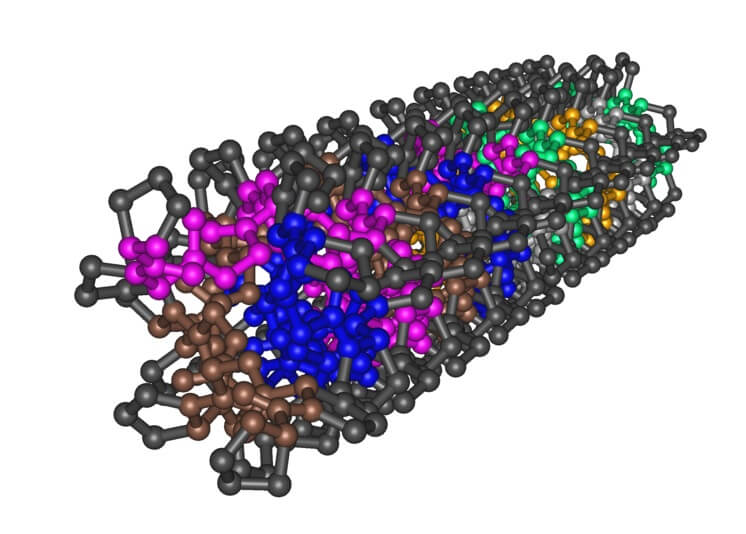Identifying patterns in the world of material in nature allows understanding the structural principles of natural materials, and promoting the development of biomimetic materials.

By: Ofir Marom, news from nature
Nature is a source of inspiration and knowledge for developing materials. Materials engineering, which until now was mainly based on physical and chemical knowledge, is starting to be based on biological knowledge as well. For the purpose of making biological knowledge accessible to materials engineers, patterns are identified in the material world in Teva, which are solutions to engineering challenges. Joanna McKittrick and Mark Myers from the University of California, San Diego, who have been researching the field of structural principles in nature for more than a decade, used a wide variety of advanced tools, and developed tests for the mechanical properties of nanometer materials, to understand the basic structure of various materials in animals and plants. In a comprehensive review they recently published in science magazine, they focus on three characteristics of biological materials: lightness, rigidity and strength. According to their concept, understanding the principles that enable the realization of these characteristics will advance the development of biomimetic materials.
How are hard materials formed in nature?
Rigid materials deflect cracks by placing various obstacles, which prevent the cracks from propagating in a straight line, growing and becoming a fracture. Materials in nature have different strategies to achieve this result. One of them is to embed stretchy collagen fibers in brittle minerals, and another strategy is to use the interfaces between the material layers to create obstacles. A beautiful example of this is the structure of the abalone shell. The oyster is made of tiny tiles of calcium carbonate, coated with a thin layer of soft organic material, which is strong enough to bind the tiles together, but weak enough to allow them to slide over each other and absorb energy in the process.
How are light materials that are resistant to bending created in nature?
In many animals there are structures resistant to efforts, which are at the same time also light in weight, structures that allow them the ability to move and fly. These materials are usually constructed of hollow tube-like structures, made of thin and hard materials. The larger the diameter of the pipes, the greater their tendency to collapse under stress. To increase their durability, nature has various solutions for internal reinforcement, such as: adding internal scaffolding (the wing bones of a variety of birds), disks for reinforcement (in bamboo branches), or filling with a material similar to foam, such as in the spines of the porcupine or the beak of the toucan bird.
How are strong substances created in nature?
Biopolymers, such as collagen, are a key component of strong natural materials. Under low stresses, they can undergo considerable stretching, the internal curl of the molecules stretching and unraveling without breaking. Under higher stresses, the polymer backbone itself stretches. These biopolymers are between hard minerals, and this gives the materials their natural strength. A good example of this are the fibers of the spider's web. This substance, known as one of the strongest substances in nature, is built of nanocrystals, which consist of a collection of beta surfaces linked to each other by hydrogen bonds that are considered weak. Under low stresses, the behavior is similar to that of collagen fibers, but when the stress increases, the load moves to the nanocrystals. If necessary, some of the hydrogen bonds slide past each other to allow the fibers to stretch without tearing. The fact that spider webs rely on hydrogen bonds shows that researchers have new avenues for progress, on the way to finding stronger materials.

One response
Just to note that spider webs relative to their diameter are much stronger than the strongest steel wires in the world